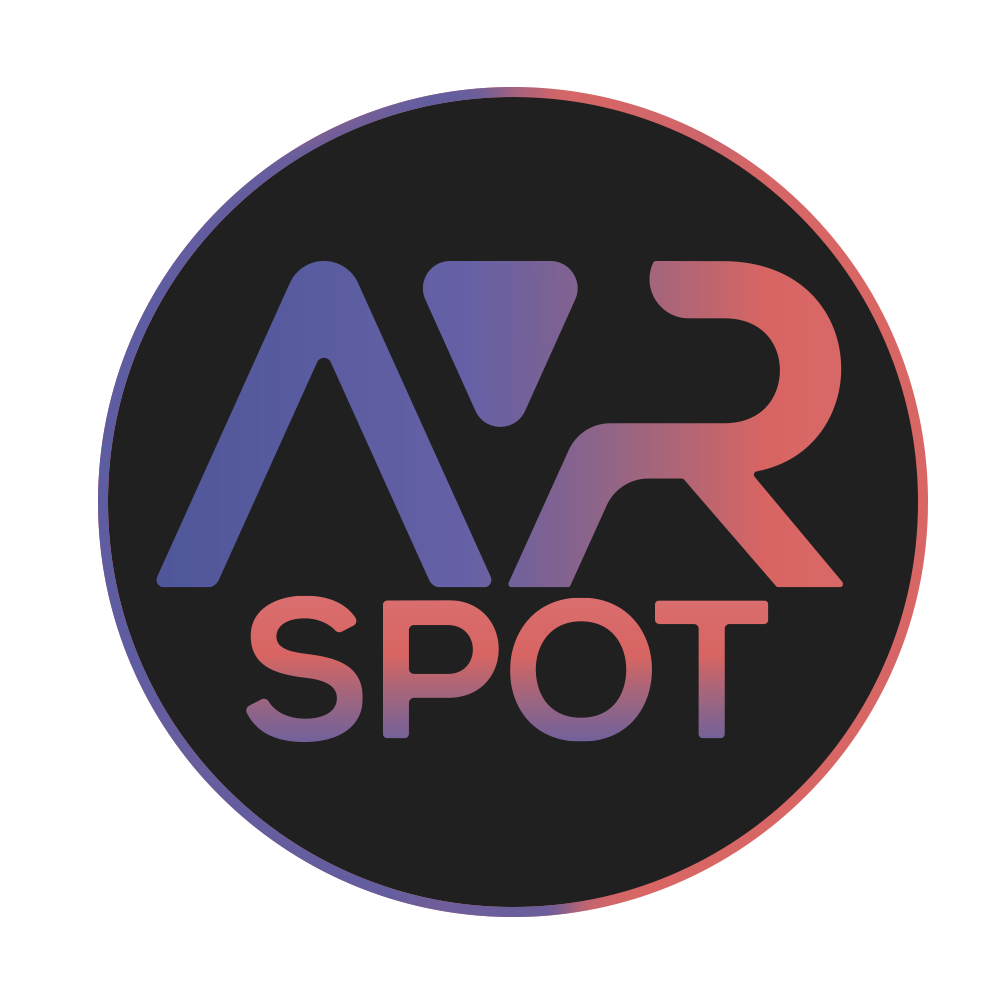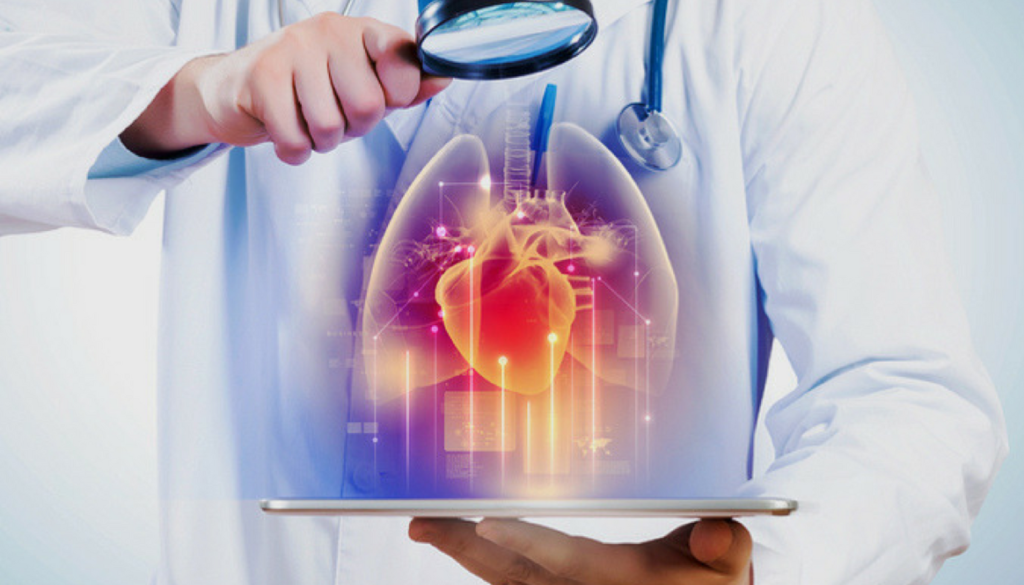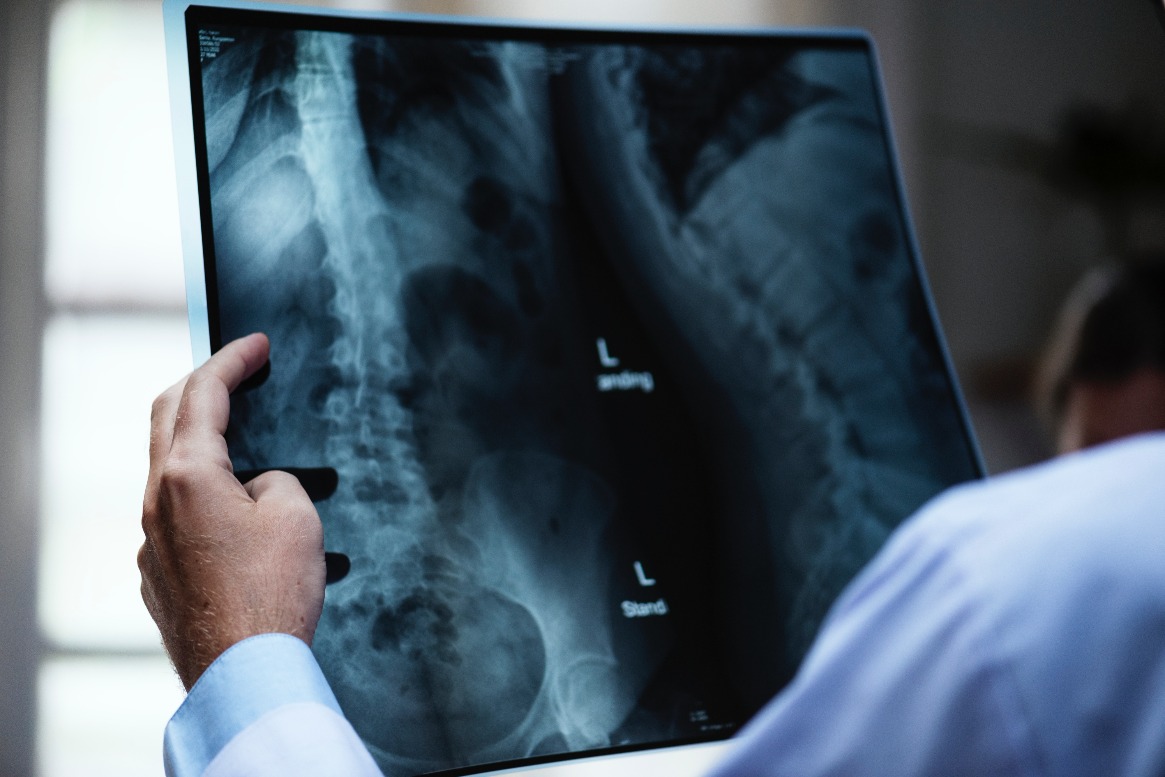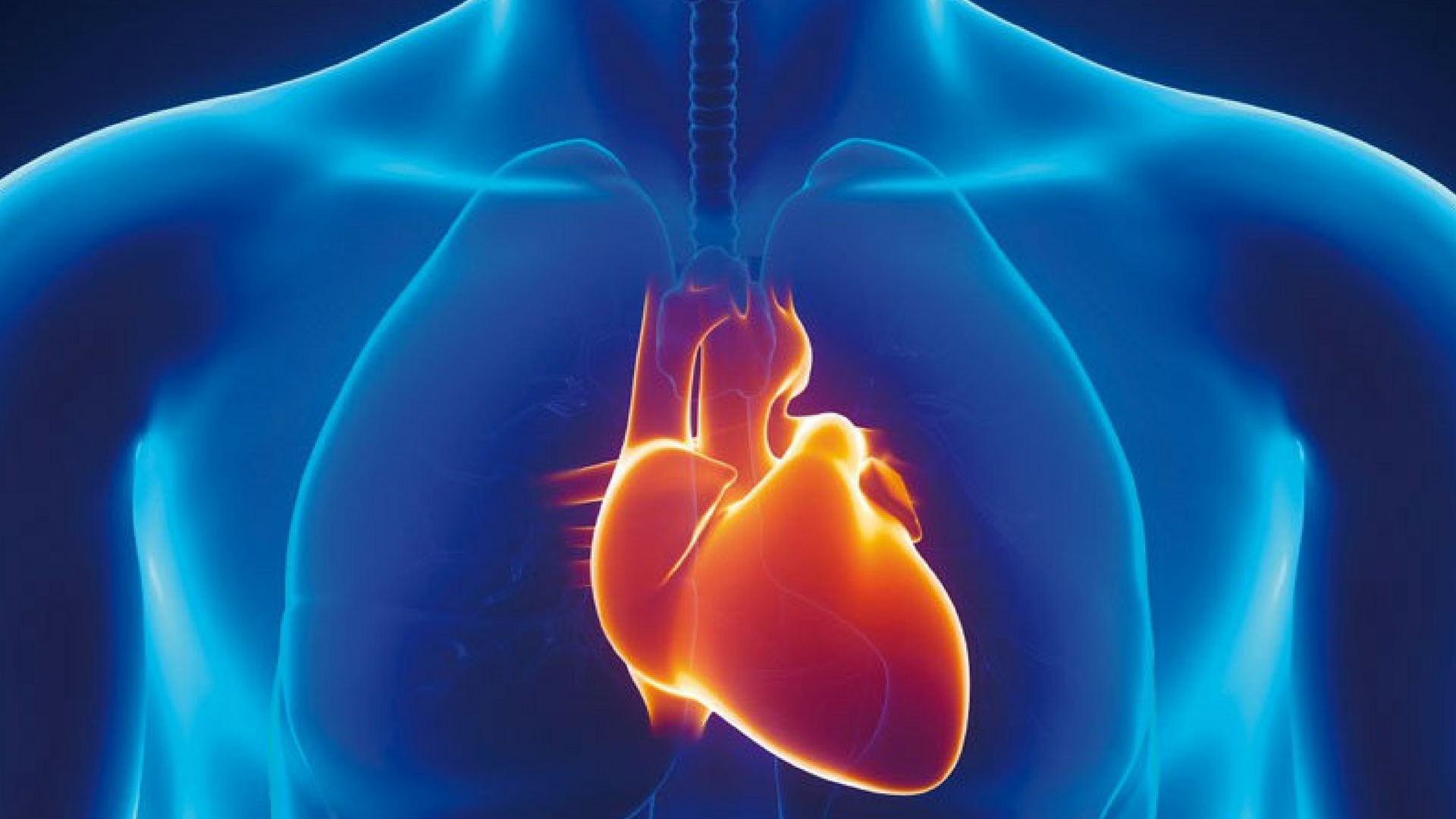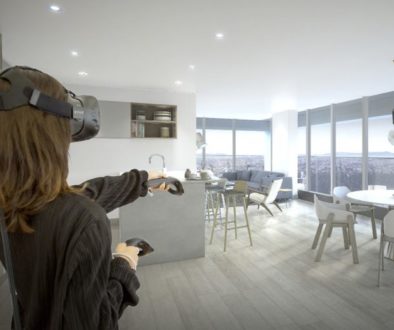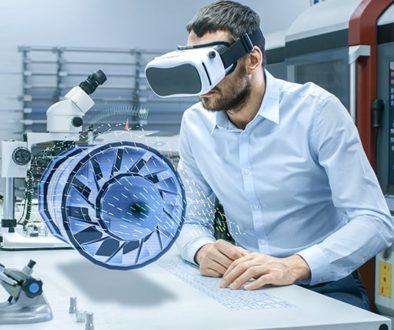Using Computer Vision To Improve Healthcare
With the advent of technology development, the interest in computer vision healthcare solutions is already off the charts and continues to grow across many business verticals. No longer being the thing of the sci-fi future, artificial intelligence and computer vision are benefiting the ways in which medical professionals diagnose and treat patients.
Computer vision is a subfield of artificial intelligence that acquires, processes, analyzes, and understands images as well as high-dimensional data from the real world. With computer vision, a system can “read” image and video sources to retrieve meaningful information and take action based on that.
What are the potential applications of computer vision systems that can be anticipated within the next couple of years? We have come up with the latest computer vision news that will show you the promising future of computer vision projects.
Medical Imagery & Precision Medicine
Medical imaging is the biggest and most established area of computer vision and is used by computer-aided diagnostics for personalized therapy planning, care assistance and for better decision-making. It has been in the spotlight in recent years because of its vital component in healthcare applications. Computer vision helps doctors with image annotation, multimodal image fusion, medical image segmentation and opens up new possibilities for revolutionizing healthcare.
To use these cutting-edge technologies in clinics, medical imaging startups have to receive FDA approval and some of them have already managed to get it. Currently, a lot of brand-new imaging systems are being studied for optimal uses. In the near future, computers will be connected to the cloud where machines will evaluate information and help human doctors diagnose patients.
Computer vision is also enhancing precision medicine. This emerging approach for disease treatment is significantly improved by computer vision. Machine learning systems assist medical practitioners by scanning medical images to either detect a disease or prevent it. By receiving personal health details, that are converted into quantifiable data points, doctors can create individual treatment plans for their patients.
Medical Startups are Using Computer Vision
Some of the most ingenious medical startups are using computer vision to process medical images. Even though “computer brain” will never be as smart as human’s brain is, computer vision helps doctors recognize malign changes such as tumors or hardening of the arteries. With the immense growth in software development which is accelerating the computer data processing, computer vision is becoming a decisive element in medicine.
As identification of the disease is a very complicated process and involves billions of aspects, medical startups are partnering with computer vision developers to implement state-of-the-art computer vision technologies that surpass humans at pattern recognition. Moreover, such tools help doctors diagnose severe illnesses such as cancer. Compared with traditional biopsy currently used, this method is cheaper and faster.
To combat cardiovascular disease Zebra Medical Vision has created computer vision technology to automatically determine coronary calcium scores. Another company called Arterys is working on a similar technology to showcase and evaluate blood flow in the human body without MRI. To decipher ultrasounds and relieve cardiovascular disease, Bay Labs have started developing tools that apply deep learning and can detect traces of the disease in a video taken during a scan. Training a doctor to interpret images takes years, and computer vision technologies can solve this problem.
Easy Access
Recent years have seen significant investments in futuristic hardware development, which holds so much promise for the AI industry. Computer vision will enable anyone with a smartphone to have access to healthcare. As already mentioned above, computer vision and AI specialists are working towards making healthcare application available outside of hospitals and clinics. Thanks to innovative applications, people who work in remote research environments such as Antarctica or space stations will improve the level of care provided. Computer vision will definitely become a key element in diagnostic applications soon as it is more accessible than before, and medical imagery becomes part of the AI diagnostic process.
Technology Continues to March On
The above facts are by no means exhaustive. Diagnoses led by computer vision will constantly be improving, machine learning and pattern recognition systems will get more accurate and faster at processing images. This revolutionary technology is expected that diseases such as cancer will soon be diagnosed within a matter of minutes with the use of computer vision and 3D imaging. As the technology continues to march on, Google, IBM, and more than 100 other startups are developing computer vision technologies to help doctors detect diseases at the earliest stages. High development costs for serious research or expensive data gathering for training doctors is not an issue anymore as there seem to be brighter prospects for computer vision healthcare applications. So, don’t miss the boat. The sooner healthcare startups start using new technologies, the better the chances of arriving at timely solutions.
